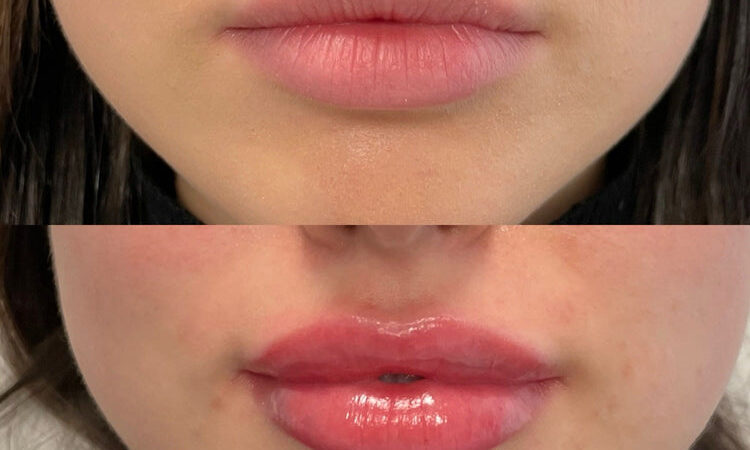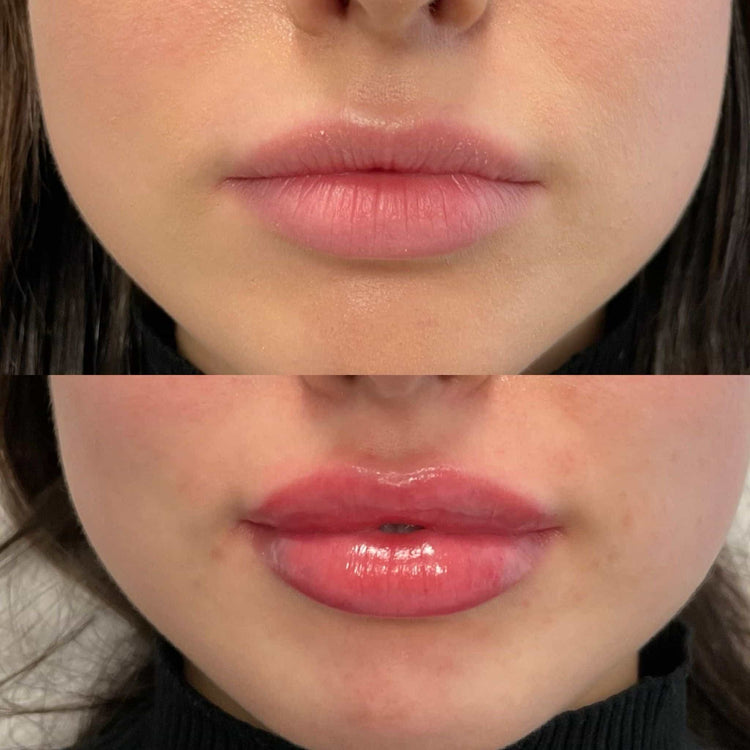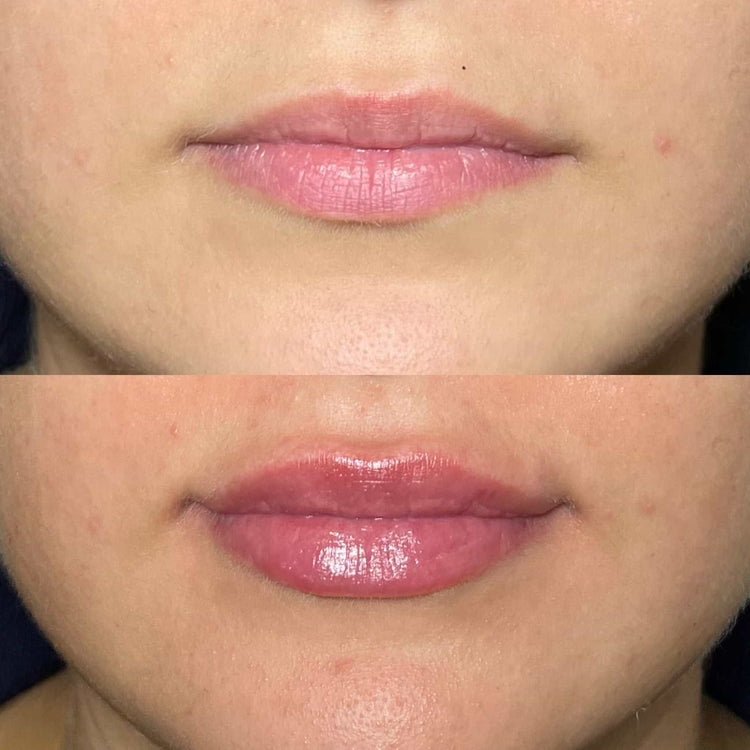Do Dermal Fillers Require Maintenance? Tips For Long-Lasting Results

Understanding Dermal Filler Longevity
Dermal fillers have become increasingly popular as a way to achieve smoother, more youthful skin. However, unlike surgical procedures, fillers are temporary. Understanding how long dermal fillers last and the factors that can influence their longevity is essential for anyone considering this cosmetic treatment.
Factors Affecting Filler Lifespan
Dermal fillers typically last anywhere from six months to two years, depending on various factors such as the type of filler used, the area being treated, individual metabolism, and lifestyle habits. Hyaluronic acid fillers, the most common type, are naturally broken down by the body over time.
Several factors can affect the lifespan of dermal fillers. The specific hyaluronic acid gel formulation plays a crucial role, with some formulas designed for longer-lasting results than others.
The area being treated also influences filler longevity. Fillers in areas like the lips tend to last shorter periods compared to those used in deeper wrinkles or facial folds.
Individual metabolism and skin health can impact how long fillers remain effective. Rapidly metabolizing individuals may experience faster breakdown of the filler material.
Lifestyle factors, including sun exposure, smoking, and excessive alcohol consumption, can contribute to faster filler degradation.
Lifestyle and Habits Impacting Results
Dermal fillers typically last anywhere from six months to two years, depending on various factors such as the type of filler used, the area being treated, individual metabolism, and lifestyle habits. Hyaluronic acid fillers, the most common type, are naturally broken down by the body over time.
Several factors can affect the lifespan of dermal fillers. Here are some key influencing elements:
- The specific hyaluronic acid gel formulation plays a crucial role, with some formulas designed for longer-lasting results than others.
- The area being treated also influences filler longevity. Fillers in areas like the lips tend to last shorter periods compared to those used in deeper wrinkles or facial folds.
- Individual metabolism and skin health can impact how long fillers remain effective. Rapidly metabolizing individuals may experience faster breakdown of the filler material.
- Lifestyle factors, including sun exposure, smoking, and excessive alcohol consumption, can contribute to faster filler degradation.
Maximizing Filler Duration
Maximizing the duration of dermal filler results is a key consideration for anyone seeking long-lasting aesthetic enhancements. Understanding the factors influencing filler longevity allows individuals to make informed decisions about treatment and optimize their experience.
Choosing the Right Type of Filler
The lifespan of dermal fillers can be maximized by carefully considering the type of filler used and the specific area being treated. Hyaluronic acid fillers, the most common type, are available in various formulations designed for different durations. Longer-lasting fillers contain cross-linked hyaluronic acid molecules, which resist breakdown by the body more effectively.
For areas requiring shorter-term enhancements, such as lips or fine lines around the eyes, less cross-linked fillers may be suitable. However, for deeper wrinkles or facial folds where longer-lasting results are desired, choosing a filler with greater cross-linking density is recommended.
Injection Technique and Placement
Dermal filler longevity can be maximized through careful consideration of injection technique and placement. Precise injection into the target area minimizes dispersion and ensures optimal product distribution.
- Injecting fillers at appropriate depths allows for better integration with underlying tissues, reducing the risk of premature degradation.
- Utilizing a cannula or microcannula can minimize trauma to surrounding structures, promoting smoother results and potentially extending filler lifespan.

By employing these techniques and selecting appropriate fillers, individuals can achieve longer-lasting aesthetic enhancements and maximize the benefits of dermal filler treatments.
Post-Treatment Care and Sun Protection
Maximizing the duration of dermal filler results is a key consideration for anyone seeking long-lasting aesthetic enhancements. Understanding the factors influencing filler longevity allows individuals to make informed decisions about treatment and optimize their experience.
The lifespan of dermal fillers can be maximized by carefully considering the type of filler used and the specific area being treated. Hyaluronic acid fillers, the most common type, are available in various formulations designed for different durations. Longer-lasting fillers contain cross-linked hyaluronic acid molecules, which resist breakdown by the body more effectively.
For areas requiring shorter-term enhancements, such as lips or fine lines around the eyes, less cross-linked fillers may be suitable. However, for deeper wrinkles or facial folds where longer-lasting results are desired, choosing a filler with greater cross-linking density is recommended.
Dermal filler longevity can be maximized through careful consideration of injection technique and placement. Precise injection into the target area minimizes dispersion and ensures optimal product distribution.
- Injecting fillers at appropriate depths allows for better integration with underlying tissues, reducing the risk of premature degradation.
- Utilizing a cannula or microcannula can minimize trauma to surrounding structures, promoting smoother results and potentially extending filler lifespan.
Post-treatment care is crucial for preserving the longevity of dermal fillers. Avoiding activities that increase blood flow to the treated area, such as strenuous exercise or saunas, for a few days following treatment allows the filler to settle properly and minimize migration. Gentle massage techniques can be used to distribute the filler evenly, but vigorous rubbing should be avoided.
Sun protection is essential for maintaining the long-term effects of dermal fillers. Ultraviolet (UV) radiation from the sun can degrade hyaluronic acid, leading to premature breakdown of the filler material. Wearing broad-spectrum sunscreen with an SPF of 30 or higher daily and seeking shade during peak sunlight hours helps protect fillers from UV damage.
By employing these techniques and selecting appropriate fillers, individuals can achieve longer-lasting aesthetic enhancements and maximize the benefits of dermal filler treatments.
Maintaining Long-Lasting Effects

Dermal fillers have revolutionized cosmetic procedures by offering a non-surgical approach to achieving smoother, more youthful skin. While these injectable treatments provide noticeable results, they are temporary in nature and require maintenance to sustain their effects. Understanding factors influencing filler longevity is essential for anyone considering this aesthetic enhancement.
Follow-Up Appointments and Replenishment
To maintain long-lasting effects from dermal fillers, follow-up appointments with a qualified professional are crucial. These appointments allow the practitioner to assess the filler’s performance, address any concerns, and determine if replenishment is necessary.
The frequency of follow-up appointments varies depending on the individual, the treated area, and the type of filler used. Some individuals may only require touch-up appointments every 12-18 months, while others may need more frequent adjustments.
Replenishment involves injecting additional filler to maintain the desired aesthetic outcome. The amount of replenishing material needed will depend on individual factors and the extent to which the filler has degraded.

Alternative Treatments for Ongoing Volume Restoration
Alternative treatments for ongoing volume restoration include:
- Fat grafting: This procedure involves transferring fat from one area of the body to the desired area, providing a more permanent solution for volume enhancement.
- Radiofrequency microneedling: This treatment stimulates collagen production and tightens skin, leading to subtle volumizing effects over time.
- Ultherapy: Using ultrasound energy, Ultherapy promotes collagen growth and lifts sagging skin, offering a non-invasive option for facial rejuvenation.
- Threads: These dissolvable threads are strategically placed beneath the skin to provide support and lift, creating a more youthful appearance.
Conclusion (Optional)**
Maintaining long-lasting results from dermal fillers requires understanding their temporary nature and incorporating strategies to prolong their effects. Careful filler selection, precise injection techniques, and post-treatment care are essential for maximizing longevity.
Regular follow-up appointments with a qualified practitioner allow for monitoring the filler’s performance and timely replenishment when needed. Alternative treatments such as fat grafting, radiofrequency microneedling, Ultherapy, or thread lifting offer options for ongoing volume restoration.
Learn more about wrinkle-smoothing dermal fillers with Dr. Laura Geige at It’s Me & You Clinic
- Will My Boyfriend Notice If I Get Lip Fillers? - June 24, 2025
- What Is The Cost Of Dimpled Chin Treatment In The UK - June 20, 2025
- What Are The Most Popular Lip Filler Brands In The UK? - June 19, 2025
